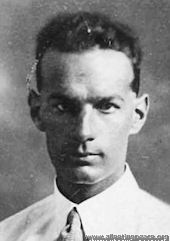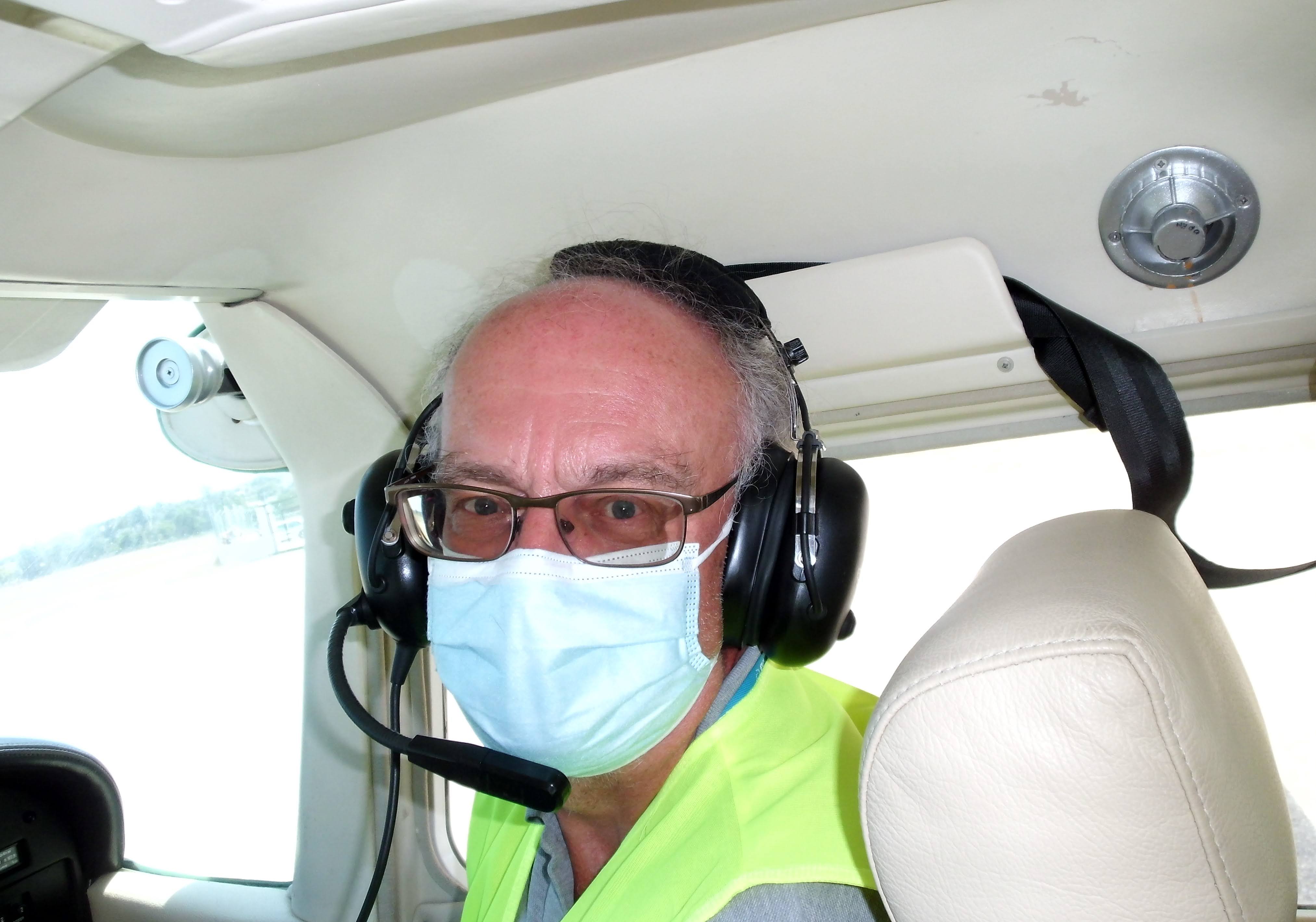|
Richard Read Bentley
|
||
| b. 20 November 1897 in London
Dick described himself as "one who preferred to live in the open, rather than within the confines of a London office" - one who, luckily, found it possible to make his living mainly by aviation. His mother having died when he was 12 (he said "I did not then recognise that my father was a broken man due to the loss of my mother"), he and his father had to move from Sheen Gate Mansions to a boarding house in a less fashionable area of London. After a while in an office in a paper merchant's - which he hated - he was packed off to Canada; when he got there, he found that his father had also died. After a stint as a farm hand in Canada, he came back to England and joined the RFC in WWI (photographic reconnaisance with 59 Sqn, then a flying instructor at Hooton). Then,"I hung around in London trying to get a job without any luck, like hundreds of other demobs. As I didn’t want to return to Canada I decided to try Rhodesia." He soon fell under Africa's spell, and for quite a long time lived in the jungle and went from job to job, supported by his dwindling RAF gratuity. He then had "four marvellous years" after joining the South African Air Force - "Whoopee!!! Back on a job I really knew". When the D.H. Moth first went on sale in 1926, Dick immediately decided he wanted to fly one from London to Cape Town. He raised the £600 he needed from the Johannesburg 'Star', in return for exclusive publicity, and on the 1st September 1927 set out from Stag Lane in G-EBSO, carrying a Mauser pistol generously lent to him by his C.O. Sir Pierre van Rynefeld. Lady Bailey had christened the aircraft 'Dorys', after Dick's then-girlfriend (later his wife), and you can even watch Lady B do her stuff here. After a "trouble-free" flight, he arrived in Cape Town on the 28th September, completing the first solo flight in a light aircraft from England to Cape Town (and the longest single-engined flight to date, for which he got the RAeC's Britannia Trophy). The 'Star' unexpectedly presented him with the aircraft (the the original deal was that it would be sold) and he then made his living from air taxi and joy-riding flights. In 1928, he escorted firstly Lady Heath, then Lady Bailey across the Sudan in their record-breaking flights (them women weren't trusted to fly alone, of course). He and Dorys flew back to England for their honeymoon and then spent a few months at Hooton. On the way back down to Cape Town (yes, again), they met up with Glen Kidston and Donald Drew, who were using a Fokker triplane to do 'aerial safaris'; they offered to give Dorys a lift so that Dick's plane could carry a spare propeller for Stanley Halse's plane (I know this is all very complicated, I'm trying my best). Anyway, the Fokker made a forced landing and Dorys bumped her head quite badly, but was apparently OK. Dick later said that "I have said “apparently” because twenty years later - we had parted in 1938 - in 1948 she died in America of a haemorrhage of the brain. Could that blow received in 1928 have been the root cause of her demise?" The flying world grew steadily and Dick soon became a ubiquitous figure on the civil aviation scene. "Popular, energetic, resourceful, he was as indifferent to the weather as to the day of the week, joining in the harum-scarum adventures of customers, welcome everywhere.” He flew the Shell Comper Swift G-ABUS, and his aerobatic displays were memorable. He flew in the RAF(VR) in WWII, remarried (to Anne), then retired. Dick died in May 1990, aged 93. All quotes shamelessly lifted from Roma Part's 'Pioneering Spirit', which is on the Johannesburg Light Plane Club's website www.jlpc.co.za |

 in 1917
in 1917